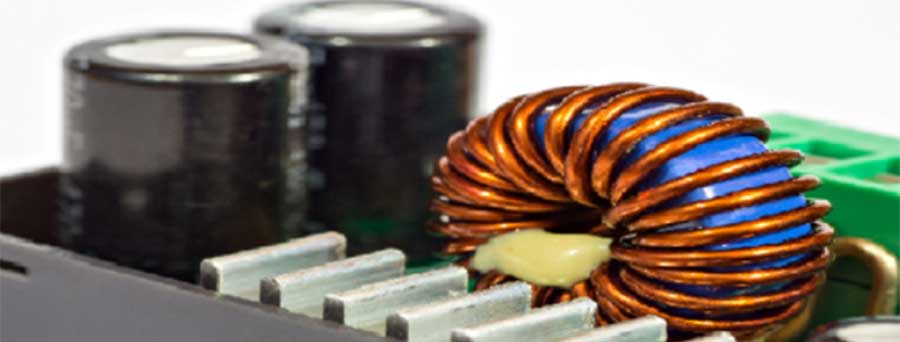As an electrical engineer in the audio industry, you’re likely aware of the importance of reducing parasitic capacitance and inductance in toroid coil winding. These parasitic effects can impact the performance of audio transformers, leading to distortions and degraded audio quality. Let’s review the best practices for minimizing parasitic capacitance and inductance in toroid coil winding for high-fidelity audio applications.

- Winding Technique: One of the primary ways to reduce parasitic capacitance is by employing an appropriate winding technique. Using a bifilar winding approach, where two wires are wound simultaneously around the toroid core, can effectively minimize the capacitance between adjacent turns. This reduction in capacitance results in lower distributed capacitance and improved high-frequency performance.
- Coil Geometry: Adjusting the coil geometry can also have a significant impact on minimizing parasitic capacitance and inductance. Increasing the distance between the turns reduces the capacitance between them. This approach can be combined with a progressive winding technique, where the distance between turns gradually increases as the winding progresses. This method not only reduces the capacitance between turns but also helps in reducing the leakage inductance.
- Insulation Material: The choice of insulation material can influence the parasitic capacitance and inductance of toroid coil windings. Materials with a low dielectric constant, such as polyimide, PTFE, or polyester, can help reduce the capacitance between turns. Additionally, using thinner insulation materials can minimize the overall capacitance while maintaining electrical isolation between turns.
- Core Material: The core material used in a toroid coil winding can impact its parasitic inductance. High permeability materials, such as amorphous or nanocrystalline cores, can help minimize the leakage inductance, improving audio performance.
- Interleaved Windings: In multi-winding transformers, interleaving the primary and secondary windings can reduce leakage inductance. This technique involves alternating layers of primary and secondary windings, resulting in better coupling between the windings and reduced leakage inductance.
By employing the best practices mentioned above, engineers can significantly reduce parasitic capacitance and inductance in toroid coil windings, improving audio quality in high-fidelity applications. These techniques, such as bifilar winding, progressive winding, and the choice of insulation and core materials, play a crucial role in achieving optimal performance in audio transformers. By understanding and implementing these approaches, engineers can design toroid coil windings that minimize unwanted effects and deliver exceptional audio performance.

